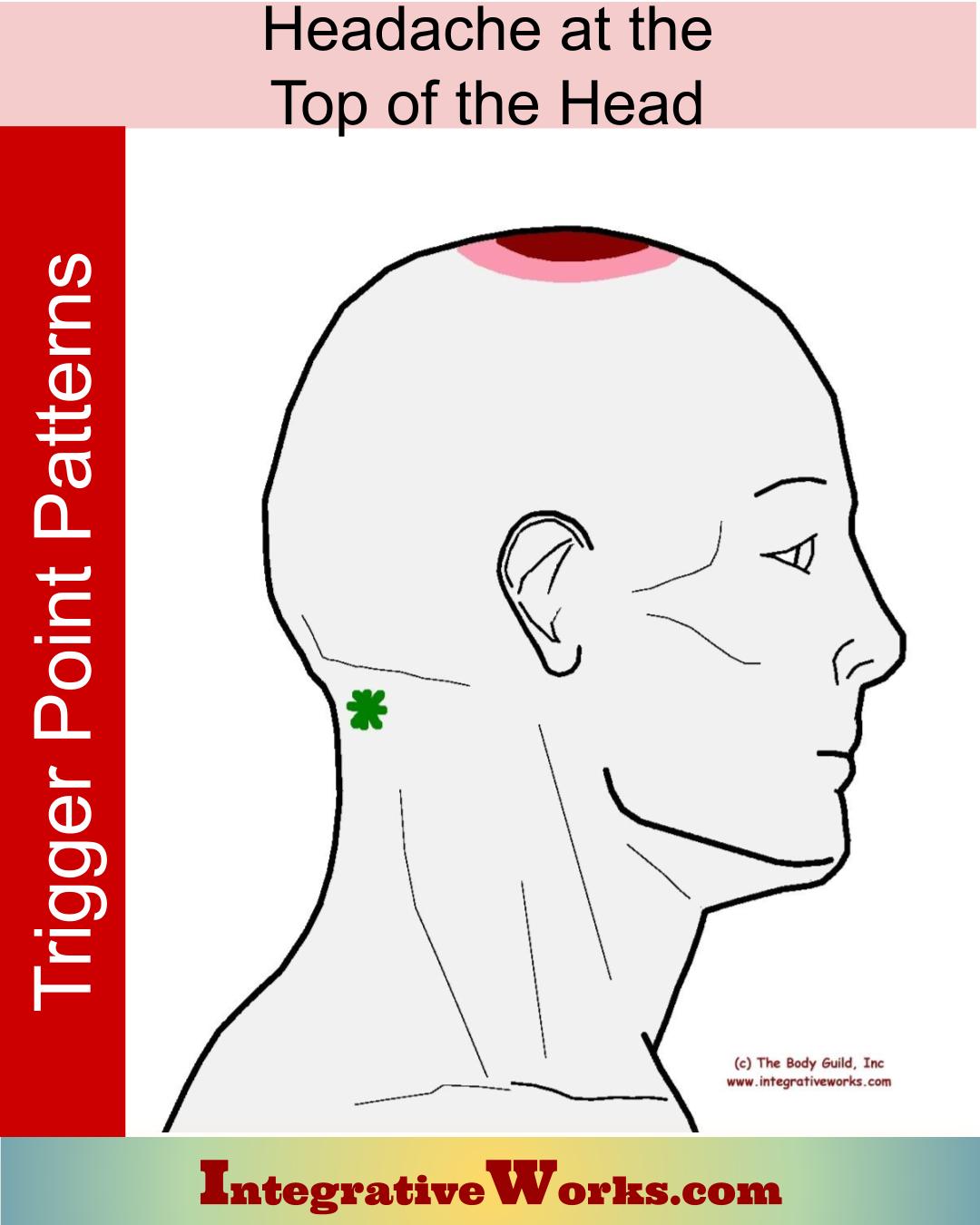

Going to sleep or taking a nap can be an effective way to stop some headaches. In fact, one of the major symptoms of many sleep disorders is getting frequent headaches.

Losing sleep is a significant reason why people get headaches. While it’s often simple to tell if you’re experiencing a headache on top of the head, some of the related symptoms may surprise you, as they can reach into the neck and even affect your senses. Keep reading to learn more about these headaches and how you can keep them from happening. The good news is that headaches on top of the head are rarely life-threatening, but they can still be disruptive and painful. A headache on top of the head can feel like throbbing pain or pressure in the crown. If you’ve ever experienced pain in any part of your head, you know that it’s not much fun.

Sometimes your pain isn’t a result of a headache at all, but may be the sign of something more serious. What Else Might Cause Pain Behind the Eyes? Some people find relief from cold or sinus medications. Treatment: Using a humidifier, warm compress, or breathing in warm, moist air from a vaporizer or pot of boiling water can help. Triggers include sinusitis (including chronic sinusitis), colds, or allergies. However, they are also located around our eyes, forehead, cheeks, and mouth, and you may feel sinus pressure in those areas that feels like a headache. Many times people don’t recognize sinus pressure for what it is, because they often think of sinuses as just being around the nose. Treatment: Some people use caffeine to alleviate migraine pain, and there are also a number of prescription options for people who suffer regularly from migraines. Triggers include not sleeping well, feeling stressed, bright lights, certain food and drink (such as alcohol or chocolate), or certain smells. Nausea and a runny nose can also sometimes accompany the pain. These types of headaches are known for being accompanied by both pain and visual symptoms, such as seeing a halo or flashing lights, or being extra sensitive to light. Some people find relief from breathing pure oxygen. Treatments: Your doctor may prescribe medication, such as verapamil or prednisone, or injected triptans or lidocaine nose drops. Triggers include smoking, alcohol, and certain medications. The name “cluster” has to do with the fact that these headaches usually show up several times for days or weeks, then disappear for a time before you have them again. If you have this kind of headache, you may feel extreme pain around your eyes (and particularly around just one eye) and your eyes may also feel watery. If you have these types of headaches frequently, your doctor may prescribe another medication. You can also try a heating pad, warm compress, or rest. Treatments: If you have an occasional tension headache, many doctors may recommend an over-the-counter pain medicine, such as acetaminophen or ibuprofen. Triggers include poor posture, lack of sleep, being hungry or dehydrated, or eye strain from staring too long at a computer screen. These are the most common types of headache, and may cause pain behind your eyes, as well as on one or both sides of your head and from your neck down to your shoulders. Here are some reasons you may be feeling pain behind your eyes. In other words, it may not be trouble with your eyes, but it’s also very possible that this type of headache could cause vision problems for you.

If you feel a headache behind your eyes, that location may not be indicative of what’s causing the pain. Find out some common reasons and triggers for this type of headache pain. Headache pain never feels good, but feeling pressure behind the eyes can be especially miserable.


 0 kommentar(er)
0 kommentar(er)
